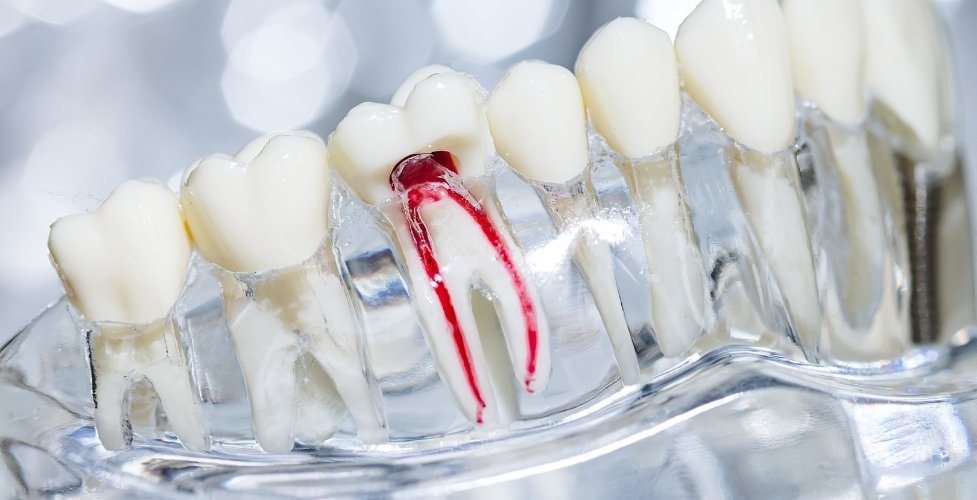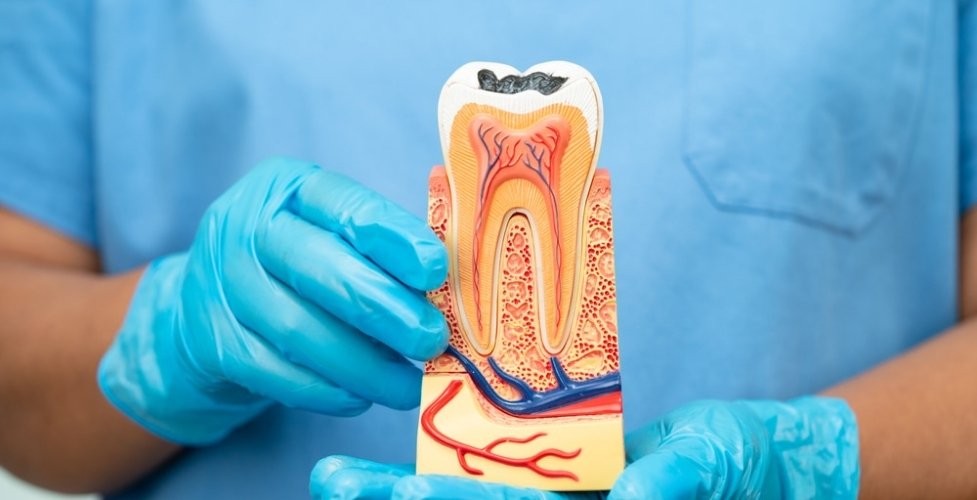3609 Jamison Way Castro Valley, CA 94546

A root canal always seems to desensitize one and bring about a sense of finality in one’s life. In many cases, the tooth indeed has been left needing further treatment to restore it to its full state once again. If you imagine the scenario where infection ends with a root canal treatment, the quick answer would be, not yet. Most people find their story continues after that. At times, knowing what comes next can save your smile and the bank in the long run.
So, let’s break down the reasons for those additional treatments following a root canal you might need to keep that tooth strong and healthy.
What Takes Place During a Root Canal?
Essentially, a root canal treatment in Castro Valley saves a tooth that is seriously infected or damaged.
- Removes the infected or inflamed pulp that is located inside the tooth
- Cleans and disinfects root canals
- Fills the space up with rubberlike material (gutta-percha) to seal it up.
So, infection and pain are taken care of, but the tooth is not restored to its full strength and appearance, which is where further treatment comes in.
What Additional Treatments Will You Require After a Root Canal?
Depending on the location and condition of the tooth, your dentist might recommend some additional steps to protect your smile. Here is what that may involve:
1. Dental Crown Placement
In most cases, especially with back teeth, a dental crown is essential after a root canal. Why is that? Because:
- Keeps strength: A tooth treated with a root canal is less likely to survive severe fractures.
- Prevent fractures: An unprotected tooth is at a higher risk of breaking.
- Improve aesthetics: They color-match to blend in with the rest of your teeth.
Sometimes, front teeth won’t need a crown if enough healthy structure remains. However, your dentist will make that final decision based on the tooth’s function and wear.
2. Post and Core Build-Up
If much of the tooth was removed due to decay or damage, then a post and core will be needed to support the attached crown. Think of it as strengthening a building before roofing it.
- The post is placed into the root canal for attaching the buildup.
- The core supports the reconstruction of the missing part of the tooth, allowing the crown to have a sturdy foundation.
- Adds strength and durability to the final restoration.
3. Follow-Up Appointments
You’ll probably need to schedule another appointment, even after a successful root canal, to check that everything has healed properly. Some of the things that follow-up visits might include:
- X-rays to confirm the resolution of infection.
- Bite adjustment check to ensure that the pressure you put on the tooth is just right and not more than normal.
- Signs of potential discomfort or complications are noted and monitored.
What Happens If You Skip Additional Treatment?
Some patients feel fine after a root canal and think they are done—until a few months later when the tooth cracks or fails. Here’s what can happen if you do not complete the process:
- The tooth fractures under pressure, especially in the absence of a crown.
- Bacteria can invade again if the temporary filling wears down.
- You might lose that tooth, which might require more expensive treatments such as implants or bridges.
Root canal treatments guard the investment of saving your natural tooth but only work in the long run if you follow through with the next steps.
A root canal brilliantly stops pain and infection, but it is merely the first part of your tooth’s journey toward being healthy again. The key to ensuring that the tooth stays protected for many years is to finish the treatment with any recommended crown restoration.
So if your dentist says, “You’ll need a crown next”, don’t postpone it! That finishing touch can make the difference between a fully restored tooth and one that fails much too soon. Believe in the process, show up for your follow-ups, and give that tooth the second chance it truly deserves.






